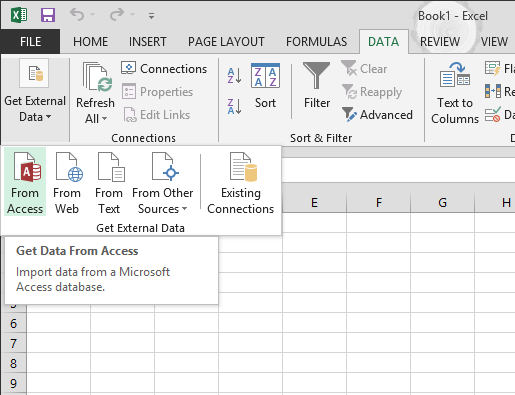

Your columns may also be in the wrong order or required fields may be missing. Some columns may not match expected field names caused by different values than expected, field names not on the first line, or simply the complete absence of column names. In addition, I never recommend importing to Excel a file over 10,000 rows at once, since various errors may occur.Ī text format is recommended for all cells in the spreadsheet, because Excel may trim zeros and fractional numbers if you are not using text format.Īnother common import error is related to matching. In case your import fails because of the size issues, please break the source file up into smaller ones that can be successfully uploaded. Some import errors can be caused by limits set by the program using the file or the amount of available memory on the system. When you export, site-defined and classification attributes are also included. Use the Export Importable Spreadsheet action and utilize the exported spreadsheet as a template for data importing. To avoid several common errors in importing data to Excel, please make sure that all the columns and rows are aligned and named similarly in both Excel file and another one that you are going to import. How to avoid some common mistakes when importing data to Excel All you need to do is to make sure that the rows and columns are recognized properly. For instance, to import your data from a PDF file, select Get Data > From File > From PDF. If you want to import a different file type, the process is almost the same. However, you can use the Delimiter menu if you need to change it. The data in a CSV file is separated by commas, so the delimiter should be already set.

Select the file you want to import and click Import.Īfter that, you need to verify if the preview looks accurate, then click Load.You can also select the entire folder when you need to import data to Excel in bulk. Choose your data file format, such as XLS Workbook, text/CSV, XML, or JSON.Open the application and click the Data tab on the Ribbon Ĭlick the Get Data button and then choose the data source: file, database, azure, online services, or other sources.įollow these steps if you need to import data from a CSV file: It can also use data from external data sources including other files, databases, or web pages, so you can combine this information with another one in the spreadsheet editor. Microsoft Excel is the world's most popular table-structured data processor that can import a variety of file types aside from its standard. I will also mention some common mistakes that may hinder the process of your data conversion and processing. In this blog post, I am going to give you several tips for importing data into excel spreadsheets with little or no hassle. Importing Data Into Excel - Best Practices And Mistakes To Avoid


 0 kommentar(er)
0 kommentar(er)
